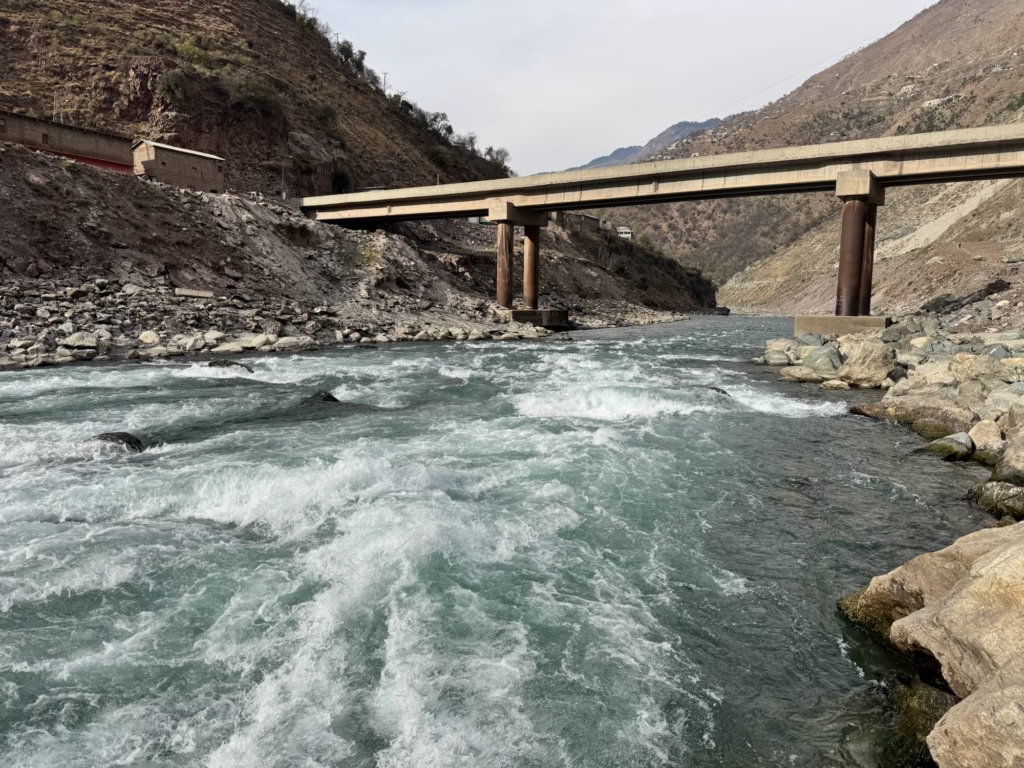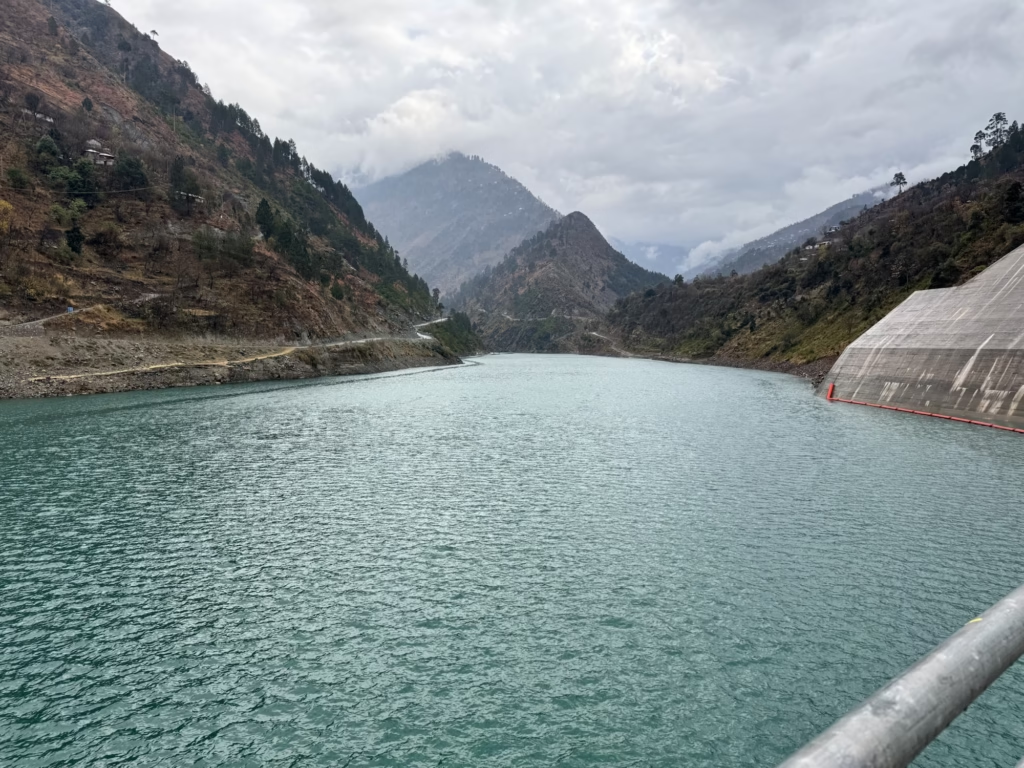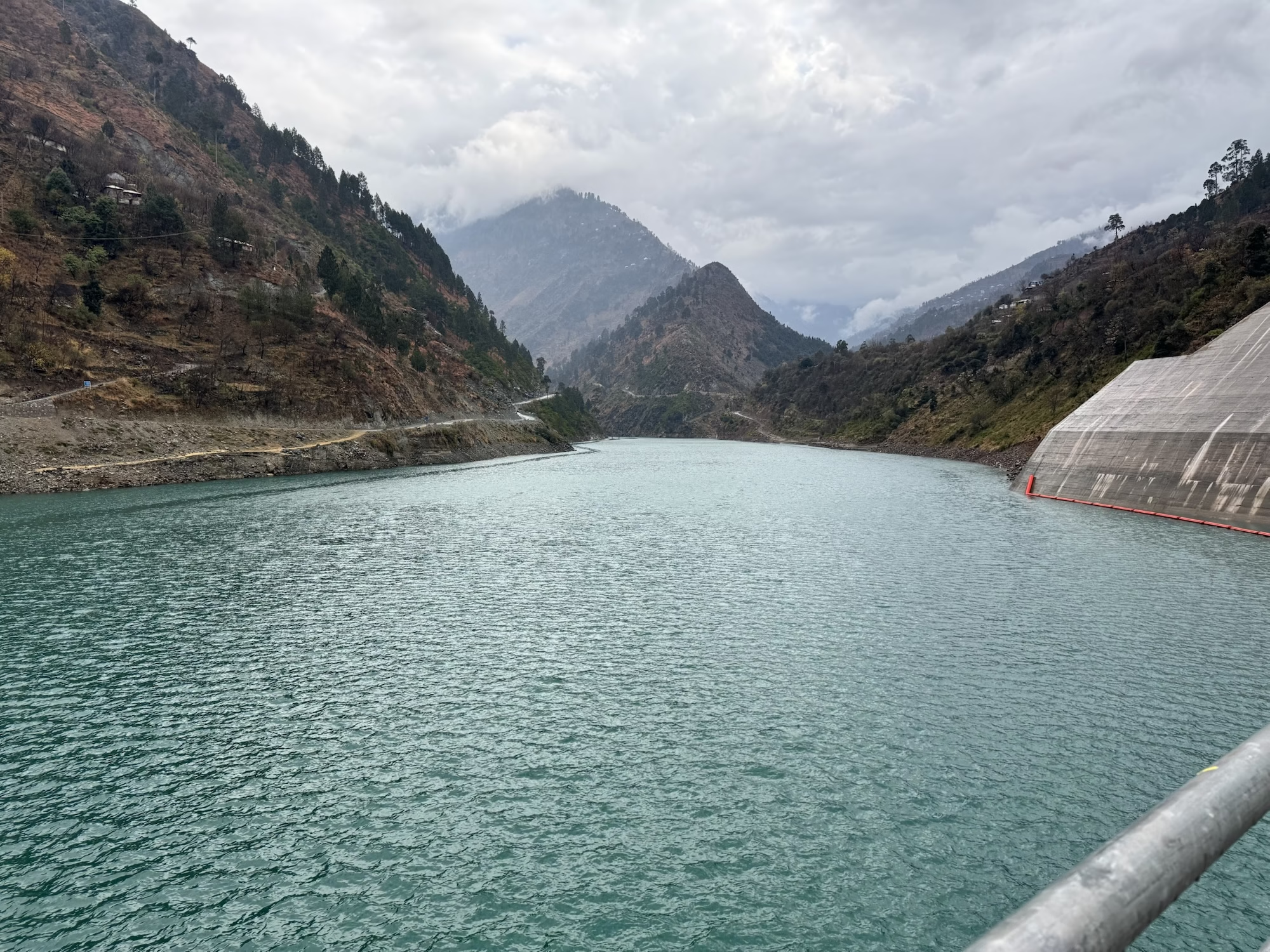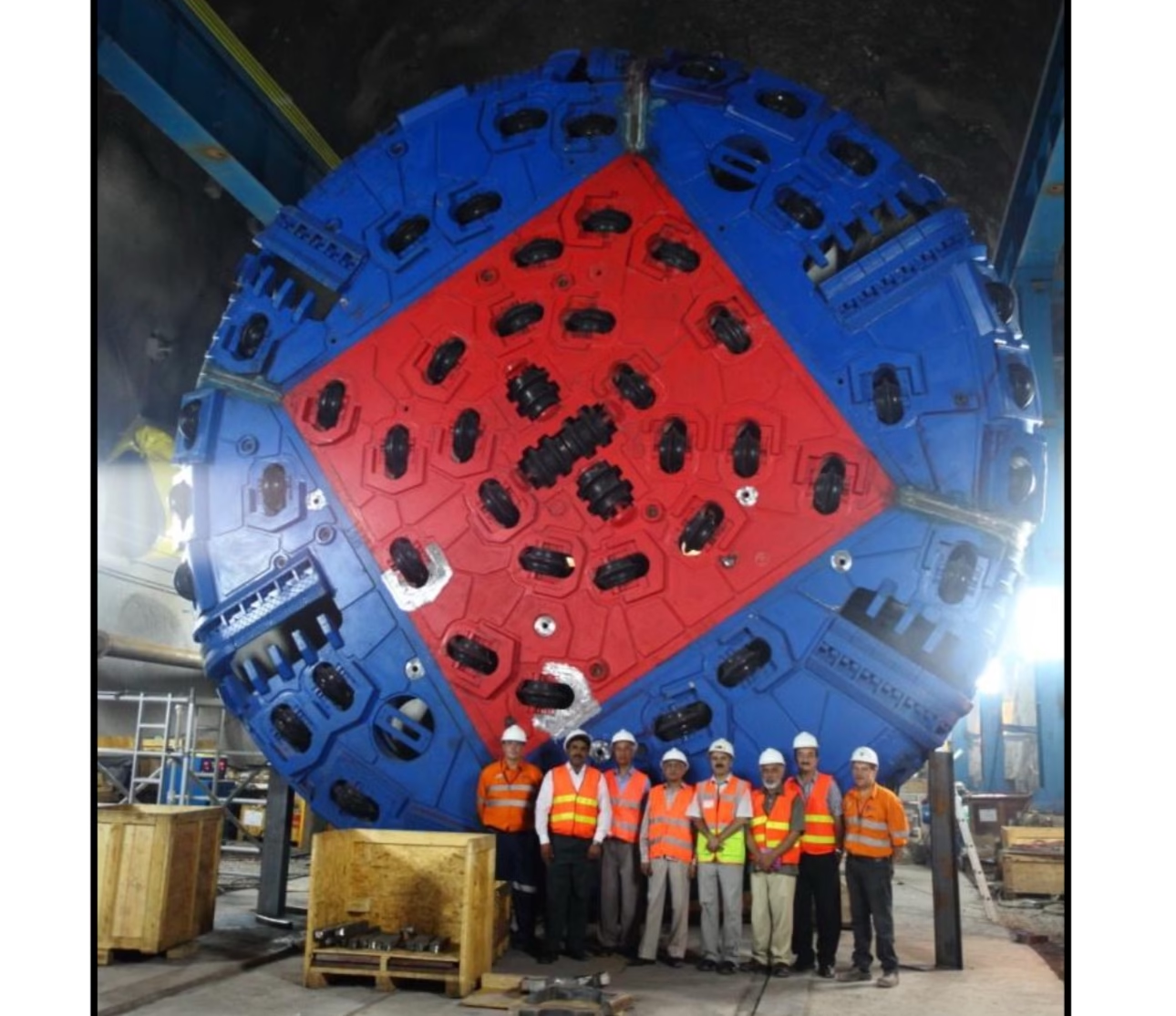1. Introduction
Rockfill dams and associated hydraulic structures play a crucial role in water resource management, power generation, and flood mitigation. This report covers topics from the attached files, focusing on stability analysis, spillway design, sediment flushing, and hydrological considerations. The aim is to provide a comprehensive understanding of these structures, ensuring their safe and efficient operation.

2. Stability Analysis of Rockfill Dams
2.1 Key Principles
Rockfill dams rely on their weight to resist external forces, including hydrostatic pressure, seepage forces, and seismic loads. Their stability depends on factors such as material properties, geometry, and foundation conditions.
2.2 Limit Equilibrium Methods (LEM)
Stability against sliding and overturning is evaluated using LEM. This involves analyzing forces and moments to calculate the Factor of Safety (FoS).
2.3 Dynamic Stability
Seismic forces can induce deformations in rockfill dams. Techniques such as Newmark’s sliding block method and finite element analysis (FEA) are employed to assess seismic performance.
2.4 Seepage and Piping Risks
Seepage through the dam body and foundation poses a risk of internal erosion or piping. Preventive measures include:
- Impermeable cores or cutoff walls.
- Adequate drainage systems like toe drains and filters.
3. Spillway Design Considerations
3.1 Importance of Spillways
Spillways control excess reservoir inflow, preventing overtopping and ensuring the structural safety of dams.
3.2 Types of Spillways
- Ogee Spillways: Best suited for gravity dams; designed for optimal energy dissipation.
- Chute Spillways: Used when a steep conveyance channel is required.
- Side Channel Spillways: Ideal for narrow valleys.
3.3 Energy Dissipation Techniques
Excess energy from released water is dissipated using stilling basins, roller buckets, or energy dissipators to minimize downstream erosion.
4. Sediment Management
4.1 Sedimentation Challenges
Sediment accumulation in reservoirs reduces storage capacity and affects dam efficiency.

4.2 Sediment Flushing
Flushing involves releasing sediment-laden water through low-level outlets or spillways. Factors influencing flushing efficiency include flow velocity, reservoir drawdown, and sediment particle size.
4.3 Design Features for Sediment Management
- Low-level outlets for periodic flushing.
- Bypass tunnels to divert sediment-laden flows.
- Reservoir desilting basins upstream of the dam.
5. Instrumentation and Monitoring
5.1 Importance of Monitoring
Instrumentation ensures the safety of rockfill dams by detecting structural anomalies early. Key parameters monitored include:
- Reservoir water levels.
- Seepage flow rates.
- Displacements and deformations.
- Pore pressure in the dam body and foundation.
5.2 Common Instruments
- Piezometers: Measure pore water pressure.
- Inclinometers: Track lateral displacements.
- Seepage Monitoring Devices: Record flow rates through drainage systems.
6. Hydrological Studies and Design Floods
6.1 Importance of Hydrological Analysis
Hydrological studies are critical for determining design floods, reservoir capacity, and spillway discharge requirements.
6.2 Probabilistic Flood Analysis
This involves estimating the probable maximum flood (PMF) using rainfall-runoff models and statistical analysis of historical data.
6.3 Climate Change Considerations
Future hydrological scenarios should account for climate change impacts, including increased flood magnitudes and reservoir inflows.
7. Foundation Treatment and Site Investigations
7.1 Geotechnical Investigations
A thorough understanding of foundation conditions is essential for dam safety. Investigations include:
- Core drilling for sampling.
- In-situ tests like standard penetration tests (SPT).
7.2 Foundation Treatment Methods
Weak foundations require strengthening through:
- Grouting to seal voids and fractures.
- Installation of cutoff walls to prevent seepage.
8. Environmental and Social Considerations
8.1 Environmental Impacts
- Loss of biodiversity due to submerged land.
- Alteration of downstream flow regimes.
8.2 Mitigation Measures
- Constructing fish passages to maintain aquatic connectivity.
- Ensuring environmental flows to sustain downstream ecosystems.
8.3 Social Impacts
Resettlement of communities affected by dam construction requires compensation and livelihood restoration programs.
9. Conclusions and Recommendations
Rockfill dams and associated structures are vital for water management, but their safety and efficiency depend on proper design, construction, and maintenance practices. Key recommendations include:
- Conduct regular stability and seepage analyses using advanced techniques.
- Incorporate robust sediment management systems to maintain reservoir capacity.
- Monitor dam behavior using state-of-the-art instrumentation.
- Consider climate change impacts during hydrological studies.
- Engage with local communities to address social and environmental concerns.
By adopting these practices, the long-term functionality and safety of rockfill dams can be ensured.



